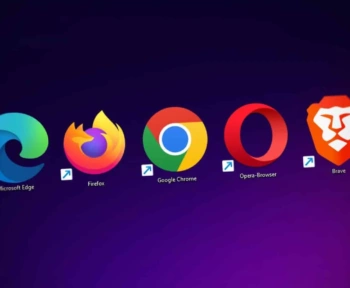Conversations with Web3 experts typically oscillate between grandiose claims of “You can do everything with blockchain-based technologies” to exhaustive lists of functionalities.
But what truly distinguishes Web3? This is THE difficult question!
At Brand3index, after sifting through hundreds of brand interviews, case studies, and technical discussions, we’ve distilled the essence of Utility NFT unique value proposition today into two pivotal objectives:
Loyalty and Digital Product Passport.
Unlike anything in the digital marketing playbook, these areas offer differentiated added value that could redefine brand-consumer engagement.

- Loyalty: Reinventing Brand Engagement
Loyalty programs are nothing new.
However, Web3 injects a fresh perspective into how brands can grow and retain their consumer base.
Through blockchain technology, loyalty becomes more than just a transactional relationship; it transforms into an immersive ecosystem that fosters genuine brand loyalty.
Here are three groundbreaking benefits:
Interoperability Between Multiple Loyalty Programs:
- Web3 enables a seamless exchange and integration of loyalty points across various platforms and brands.
- This interoperability ensures that consumers can leverage their loyalty benefits more flexibly, enhancing the value and utility of every point earned.
- Read our BlackBird case study
Co-creation Community (Including Financial Rewards):
- Imagine a community where consumers are not just passive recipients of products but active co-creators.
- Web3 platforms facilitate this by rewarding contributions with financial incentives, fostering a sense of ownership and loyalty towards the brand.
- Read our Kiki World case study
Loyalty Points Trading Through a Marketplace:
- Web3 introduces the concept of a marketplace for trading loyalty points.
- This innovation not only adds liquidity to loyalty points but also allows consumers to tailor their rewards to their preferences, creating a more personalized and engaging loyalty experience.
- Read our Web3 Maturity report and the Starbucks case study

- Digital Product Passport: A New Era of Product Transparency
The Digital Product Passport concept leverages blockchain technology to offer unparalleled transparency and traceability for products throughout their entire lifecycle.
This digital ledger provides a secure and unalterable record of a product’s journey, from its origin to the end consumer, and beyond. Here are three use cases where the Digital Product Passport shines:
Product Origin and Authenticity:
- In an era where counterfeiting is rampant, the Digital Product Passport offers a verifiable record of a product’s origin and authenticity, reassuring consumers about the quality and legitimacy of their purchases.
- See Arianee solution
Product Insurance and after sales service :
- By providing a detailed history of a product, including its ownership and condition, the Digital Product Passport streamlines the insurance process, offering a new level of precision and trust in product insurance policies.
Digital and Physical Product:
- This technology enables brands to link products to specific events or personalize them in unprecedented ways.
- Whether it’s a limited edition item tied to a significant event or a product customized to the consumer’s preferences, the Digital Product Passport enriches the buying experience with a layer of exclusivity and personalization.
Web3’s true potential lies not in its ability to replicate existing digital marketing strategies but in its capacity to offer innovative solutions that address longstanding challenges in loyalty and product transparency.
As technology evolves and we continue to explore the possibilities within these areas, the promise of Web3 in creating more engaging, transparent, and consumer-centric brand experiences becomes increasingly evident.
At Brand3index, we’re just scratching the surface of what’s possible, and the future of brand engagement in the Web3 era looks brighter than ever.




2 Comments
Comments are closed.